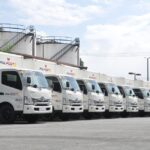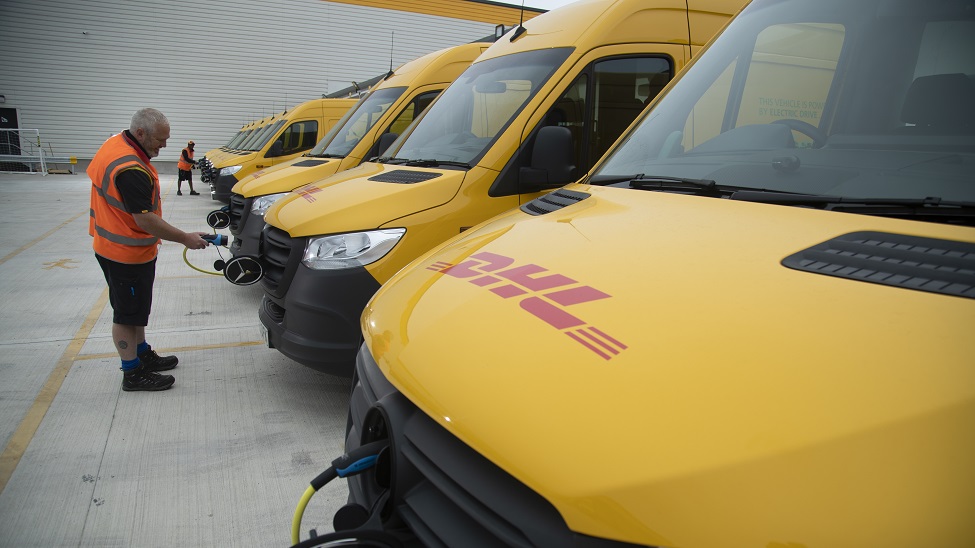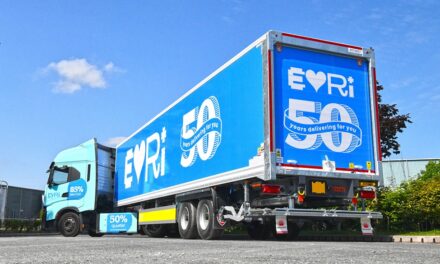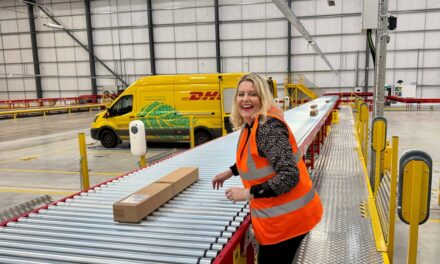
DHL Express: this is the next step in our electrification journey

DHL Express has launched 50 new electric vans, taking to roads across the country as part of its UK fleet. A further 50 electric vehicles will be introduced before the end of the year, with 220 more in its UK-wide fleet before the end of 2022.
Following the initial introduction of electric vans in London in 2019, today’s announcement marks another important step towards meeting the business’ ambitious sustainability goals and reducing the impact of commercial vehicles on the environment in cities across the country.
Deutsche Post DHL Group recently announced a 7 billion Euro investment across the Group to help meet its Mission 2050 goals of net-zero emissions, and plans to have more than 80,000 e-vehicles on the road and 60% of last mile delivery electrified by 2030. DHL Express is working towards this goal in the UK with the intention that every new courier vehicle purchased will be electric, resulting in 100% of the UK-wide fleet being electric by 2030.
The vans will be deployed across the country this year, in cities including Leeds, Manchester, Glasgow and Birmingham, ensuring the benefits of electrification can be harnessed beyond the capital.
In addition to the vans, DHL is also investing in electric charging infrastructure at over 20 sites. The charging infrastructure is scalable to allow for the additional electric vehicles that will be added to each site in the future.
Richard Crook, Director of Fleet at DHL Express said: “We’re delighted to be able to announce the next step in our electrification journey with these new best-in-class vehicles. Both our vehicle and as importantly our driver training roll-out plans are now picking up speed as we start to electrify our fleet across the UK. By the end of the year we will have deployed more than 100 additional electric vehicles into our business with a continued and accelerating roadmap towards achieving our Go Green targets. Many of the UK’s major cities are working hard to reduce emissions and improve air quality and we plan to play a major part in supporting this. Long term we’re also investing in charging infrastructure so we can continue to expand our green fleet.”













